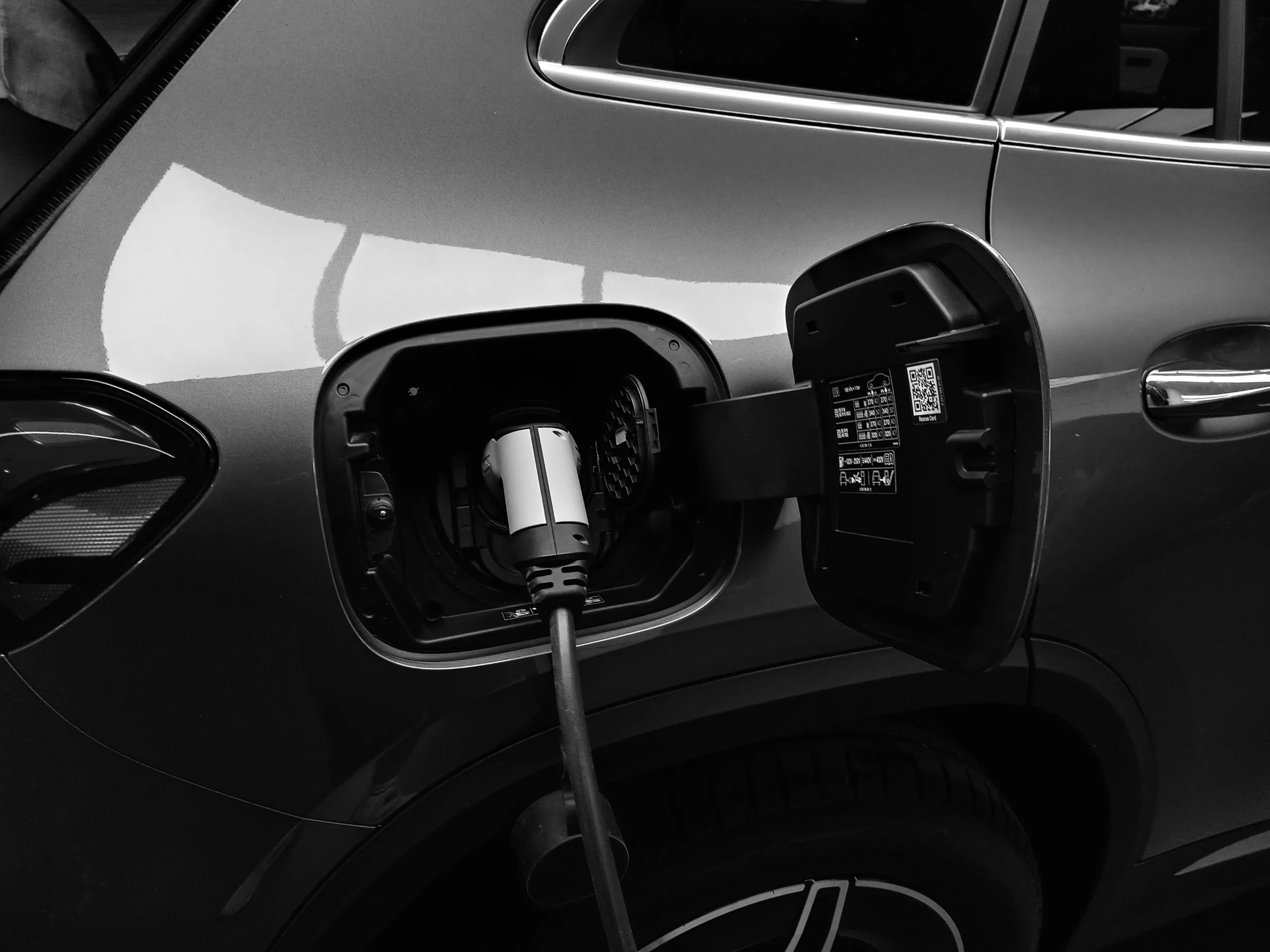China recognized early on that electrification will redefine the automotive landscape and, as a result, currently dominates the global electric vehicle (EV) market. More than half of the electric cars sold worldwide bear a ‘Made in China’ tag, and the nation boasts several of the largest EV manufacturers; Tesla stands as one of the few non-Chinese giants. Conversely, the United States entered the EV revolution later and has met China’s rapid ascent with considerable resistance. In defending the interests of traditional American automotive giants, the United States implemented hefty tariffs of 27.5% on imported Chinese EVs — a figure that some policy makers are pushing to increase further.
The Two Sides of the Trade Debate
The argument around importing Chinese EVs into the United States is multifaceted. Firstly, there is a consumer-centric perspective: prohibiting the influx of competitive Chinese EVs potentially hinders consumer choice, stalls the momentum of the EV transition, and impacts initiatives aimed at climate change mitigation. From an innovation standpoint, barriers to competition may seem counterintuitive—shouldn’t the U.S. rise to the challenge rather than stifle foreign competition through tariffs?
On the flip side is the question of fair trade practices. Accusations that Chinese EV manufacturers benefit from significant domestic subsidies pose concerns regarding market “dumping”—introducing products into foreign markets at unfairly low prices due to governmental financial support. Such practices could violate international trade norms and disrupt free market operations, justifying protective measures like tariffs.
Mexico’s Role in the Chinese EV Expansion
While the U.S. staunchly opposes Chinese EVs, Mexico’s story unfolds differently. Brands like BYD have started penetrating Latin American markets, including Mexico, where Chinese vehicles constitute roughly a third of the brand diversity. Chinese automaker BYD has even considered establishing a production base in Mexico, which would strengthen their market position and fuel speculation about using Mexico as a conduit to the lucrative U.S. market—albeit, not without obstacles.
Recent reports suggest a change in tide. Citing sources privy to the situation, Reuters indicated that meetings between BYD executives and Mexican government officials were a one-time occurrence, with no follow-ups permitted. Moreover, Mexico has refrained from offering typical factory incentives like tax breaks or subsidized land to support BYD’s factory establishment efforts.
The reason behind this shift? Sources suggest U.S. pressure. The prospect of a Chinese EV factory within the NAFTA zone—enabling tariff-free entry of Chinese EVs into the U.S.—is a source of significant concern for U.S. policymakers. Consequently, it appears Mexico is yielding to U.S. wishes, potentially at the cost of diversified industrial growth within its own borders.
Conclusion: The Complexities of EV Trade Politics
The contentious state of EV trade relations presents a tangled web of questions concerning fairness, economic strategy, and the broader implications for global climate initiatives. With each nation pursuing its self-interests amid an evolving geopolitical landscape, the intersection of trade, technology, and environmental policy becomes a field rife with complexity and debate. The saga of Chinese EVs in the U.S. and Mexico exemplifies the multifaceted challenges at this crossroads.
